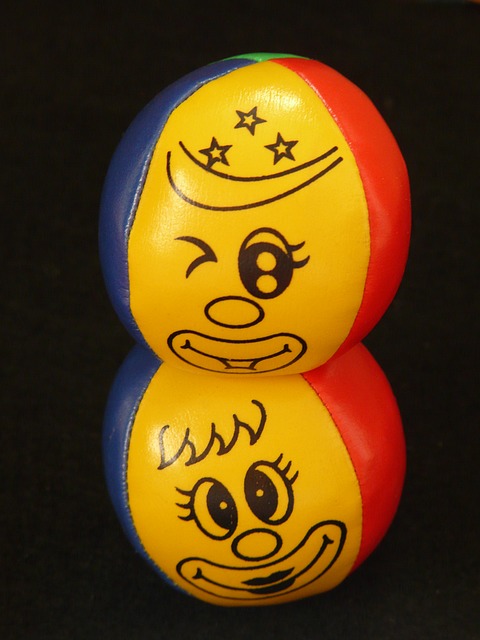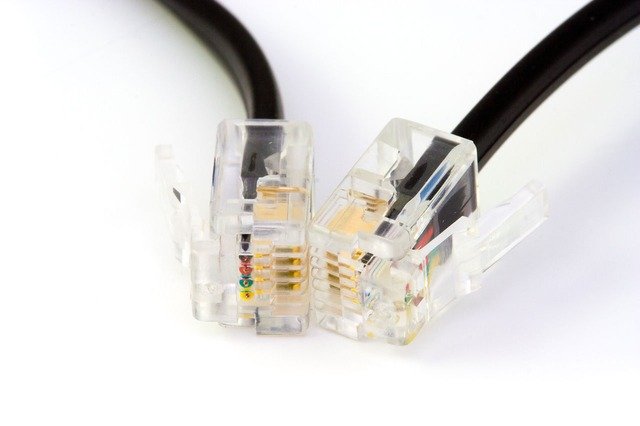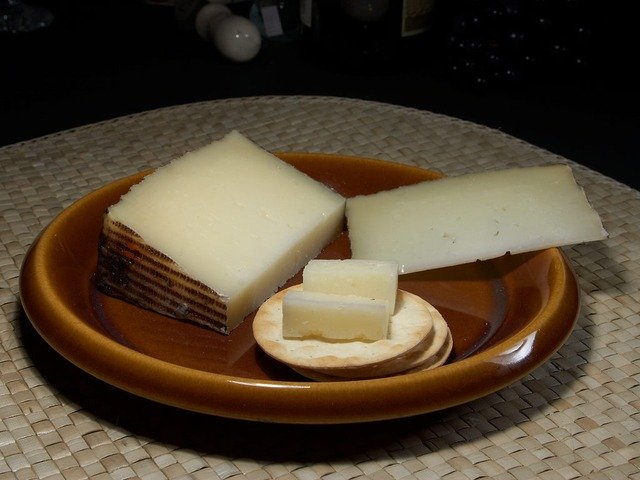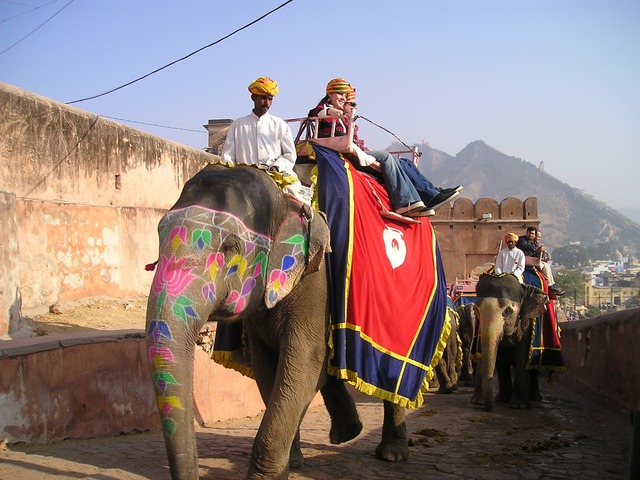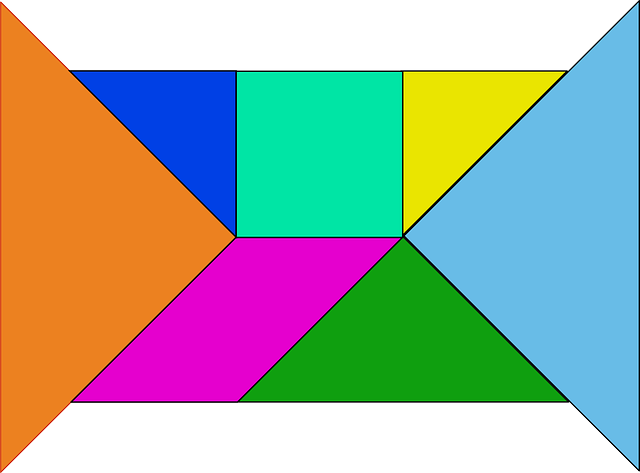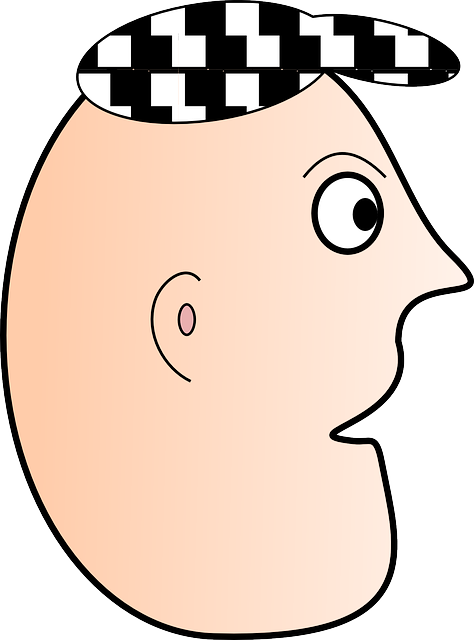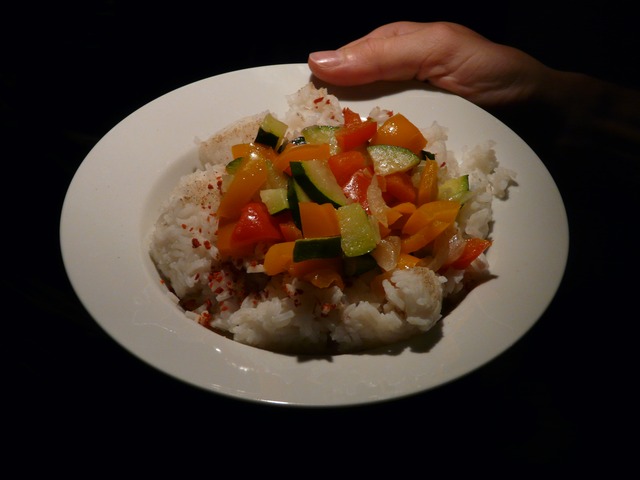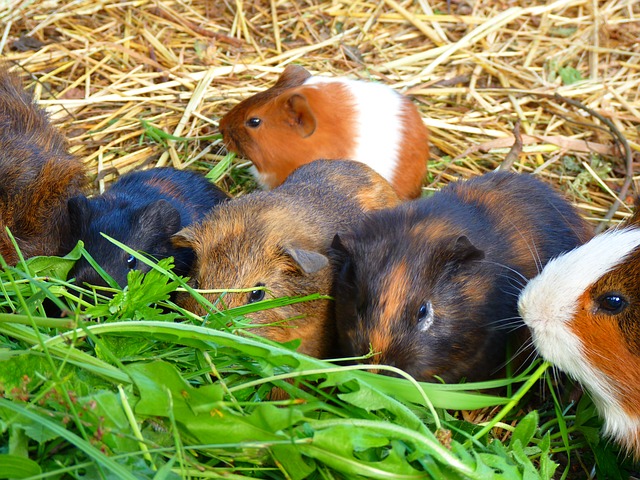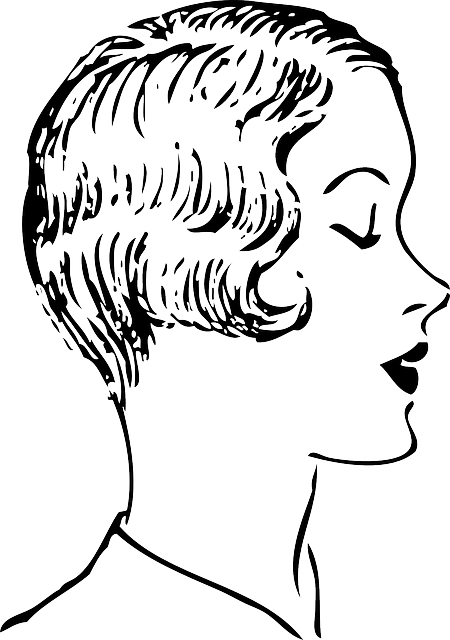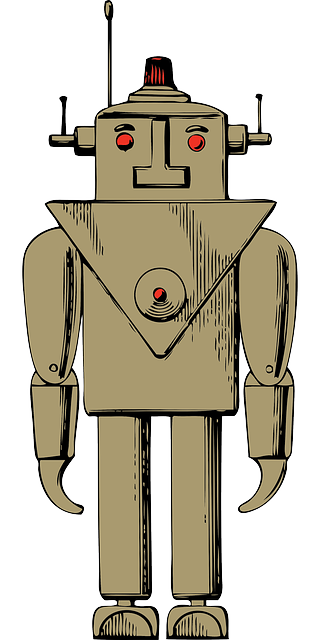هانجا
| هانجا Hanja | |
|---|---|
| النوع | Logographic |
| اللغات | Korean |
النظم الوالدة |
Oracle Bone Script
|
النظم الشقيقة |
Kanji, Zhuyin, Traditional Chinese, chữ nôm, Khitan script, Jurchen script |
| هانجا | |
| اسم كوري | |
|---|---|
| هانگول | 한자 |
| هانچا | 漢字 |
| الرومنة المعدلة | Hanja |
| مكيون-رايشاور | hancha |
| نظم كتابة اللغة الكورية |
|---|
| هانگول |
| هانجا |
|
| الكتابة الخليط |
| برايل |
| الكتابة |
|
| التحريف |
|
| فن الخط |
|---|
|
هانجا (الكورية: 한자; هانجا: 漢字؛ النطق الكوري: [ha(ː)nt͈ɕa]؛ بالإنگليزية: Hanja) هي الاسم الكوري للحروف الصينية (الصينية التقليدية: 漢字; پنين: hànzì). More specifically, it refers to those Chinese characters borrowed from Chinese and incorporated into the Korean language with Korean pronunciation. Hanja-mal or Hanja-eo (the latter is more used) refers to words that can be written with Hanja, and hanmun (한문, 漢文) refers to Classical Chinese writing, although "Hanja" is sometimes used loosely to encompass these other concepts. Because Hanja never underwent major reform, they are almost entirely identical to traditional Chinese and kyūjitai characters, though the stroke orders for some characters are slightly different. For example, the characters 教 and 研 are written as 敎 and 硏. Only a small number of Hanja characters are modified or unique to Korean. By contrast, many of the Chinese characters currently in use in Japan and Mainland China have been simplified, and contain fewer strokes than the corresponding Hanja characters.
Although a phonetic Korean alphabet, now known as Hangul, had been created by Sejong the Great, it did not come into widespread official use until the late 19th and early 20th century. Thus, until that time it was necessary to be fluent in reading and writing Hanja in order to be literate in Korean, as the vast majority of Korean literature and most other Korean documents were written in Literary Chinese, using Hanja as its primary script. Today, a good working knowledge of Chinese characters is still important for anyone who wishes to study older texts (up to about the 1990s), or anyone who wishes to read scholarly texts in the humanities. Learning a certain number of Hanja is very helpful for understanding the etymology of Sino-Korean words, and for enlarging one's Korean vocabulary. Today, Hanja are not used to write native Korean words, which are always rendered in Hangul, and even words of Chinese origin—Hanja-eo (한자어, 漢字語)—are written with the Hangul alphabet most of the time, with the corresponding Chinese character often written next to it in order to prevent confusion with other characters or words with the same phonetics.[]
History
A major motivation for the introduction of Chinese characters into Korea was the spread of Buddhism. The major Chinese text that introduced Hanja to Koreans, however, was not a religious text but the Chinese text (천자문; 千字文; Thousand Character Classic).[بحاجة لمصدر]
Although Koreans had to learn Classical Chinese to be properly literate for the most part, some additional systems were developed which used simplified forms of Chinese characters that phonetically transcribe Korean, including hyangchal (향찰; 鄕札), gugyeol (구결; 口訣), and idu (이두; 吏讀).[بحاجة لمصدر]
One way of adapting Hanja to write Korean in such systems (such as Gugyeol) was to represent native Korean grammatical particles and other words solely according to their pronunciation. For example, Gugyeol uses the characters 爲尼 to transcribe the Korean word "hăni", which in modern Korean means "does, and so". In Chinese, however, the same characters are read as the expression "wéi ní", meaning "becoming a nun". This is a typical example of Gugyeol words where the radical (爲) is read in Korean for its meaning (hă—"to do"), whereas the suffix 尼, ni (meaning "nun"), is used phonetically.[بحاجة لمصدر]
Hanja were the sole means of writing Korean until King Sejong the Great promoted the invention of Hangul in the 15th century. Even after the invention of Hangul, however, most Korean scholars continued to write in hanmun.[بحاجة لمصدر]
Hangul effectively replaced Hanja only in the 20th century. Since June 1949, Hanja have not officially been used in North Korea, and, in addition, all texts are now written horizontally instead of vertically.[] Many words borrowed from Chinese have also been replaced in the North with native Korean words. Nevertheless, a large number of Chinese-borrowed words are still widely used in the North (although written in Hangul), and Hanja still appear in special contexts, such as recent North Korean dictionaries.[][محل شك] The replacement has been less total in South Korea where, although usage has declined over time, some Hanja remain in common usage in some contexts.[بحاجة لمصدر]
Character formation
Each Hanja is composed of one of 214 radicals plus in most cases one or more additional elements. The vast majority of Hanja use the additional elements to indicate the sound of the character, but a few Hanja are purely pictographic, and some were formed in other ways.
Eumhun
To aid in understanding the meaning of a character, or to describe it orally to distinguish it from other characters with the same pronunciation, character dictionaries and school textbooks refer to each character with a combination of its sound and a word indicating its meaning. This dual meaning-sound reading of a character is called eumhun (음훈; 音訓; from 音 "sound" + 訓 "meaning," "teaching").
The word or words used to denote the meaning are often—though hardly always—words of native Korean (i.e., non-Chinese) origin, and are sometimes archaic words no longer commonly used.
التعليم
الجنوب
South Korean primary schools abandoned the teaching of Hanja in 1971, although they are still taught as part of the mandatory curriculum in 6th grade. They are taught in separate courses in South Korean high schools, separately from the normal Korean-language curriculum. Formal Hanja education begins in gradeسبعة (junior high school) and continues until graduation from senior high school in grade 12. A total of 1,800 Hanja are taught: 900 for junior high, and 900 for senior high (starting in grade 10). Post-secondary Hanja education continues in some liberal-arts universities. The 1972 promulgation of basic Hanja for educational purposes changed on December 31, 2000, to replace 44 Hanja with 44 others.
Debate flared again in 2013 after a move by South Korean authorities to encourage primary and secondary schools to offer Hanja classes. Officials said that learning Chinese characters could enhance students' Korean-language proficiency; protesters called the program "old-fashioned and unnecessary".
الشمال
Though North Korea rapidly abandoned the general use of Hanja soon after independence, the number of Hanja taught in primary and secondary schools is actually greater than the 1,800 taught in South Korea.Kim Il-sung had earlier called for a gradual elimination of the use of Hanja, but by the 1960s, he had reversed his stance; he was quoted as saying in 1966, "While we should use as few Sinitic terms as possible, students must be exposed to the necessary Chinese characters and taught how to write them." As a result, a Chinese-character textbook was designed for North Korean schools for use in grades 5–9, teaching 1,500 characters, with another 500 for high school students. College students are exposed to another 1,000, bringing the total to 3,000.
الاستخدامات
Because many different Hanja—and thus, many different words written using Hanja—often share the same sounds, two distinct Hanja words (Hanjaeo) may be spelled identically in the phonetic Hangul alphabet. Hanja's language of origin, Chinese, has many homophones, and Hanja words became even more homophonic when they came into Korean, since Korean lacks a tonal system, which is how Chinese distinguishes many words that would otherwise be homophonic. For example, while 道, 刀, and 島 are all phonetically distinct in Mandarin (pronounced dào, dāo, and dǎo respectively), they are all pronounced do (도) in Korean. For this reason, Hanja are often used to clarify meaning, either on their own without the equivalent Hangul spelling or in parentheses after the Hangul spelling as a kind of gloss. Hanja are often also used as a form of shorthand in newspaper headlines, advertisements, and on signs, for example the banner at the funeral for the sailors lost in the sinking of ROKS Cheonan (PCC-772).
الإعلام المطبوع
In South Korea, Hanja are used most frequently in ancient literature, legal documents, and scholarly monographs, where they often appear without the equivalent Hangul spelling.[] Usually, only those words with a specialized or ambiguous meaning are printed in Hanja.[] In mass-circulation books and magazines, Hanja are generally used rarely, and only to gloss words already spelled in Hangul when the meaning is ambiguous.[] Hanja are also often used in newspaper headlines as abbreviations or to eliminate ambiguity. In formal publications, personal names are also usually glossed in Hanja in parentheses next to the Hangul. In contrast, North Korea eliminated the use of Hanja even in academic publications by 1949, a situation that has since remained unchanged. Hanja are often used for advertising or decorative purposes, and appear frequently in athletic events and cultural parades, dictionaries and atlases. For example, the Hanja 辛 (sin or shin, meaning sour or hot) appears prominently on packages of Shin Ramyun noodles.
القواميس
In modern Korean dictionaries, all entry words of Sino-Korean origin are printed in Hangul and listed in Hangul order, with the Hanja given in parentheses immediately following the entry word.
This practice helps to eliminate ambiguity, and it also serves as a sort of shorthand etymology, since the meaning of the Hanja and the fact that the word is composed of Hanja often help to illustrate the word's origin.
As an example of how Hanja can help to clear up ambiguity, many homophones are written in Hangul as 수도 (sudo), including:
- 修道: spiritual discipline
- 囚徒: prisoner
- 水都: "city of water" (e.g. Venice or Suzhou)
- 水稻: paddy rice
- 水道: drain, rivers, path of surface water
- 隧道: tunnel
- 首都: capital (city)
Hanja dictionaries (Jajeon (자전, 字典) or Okpyeon (옥편, 玉篇)) are organized by radical (the traditional Chinese method of classifying characters).
الأسماء الشخصية
Korean personal names are generally based on Hanja, although some exceptions exist. On business cards, the use of Hanja is slowly fading away, with most older people displaying their names in Hanja while most of the younger generation uses Hangul. Korean personal names usually consist of a one-character family name (seong, 성, 姓) followed by a two-character given name (ireum, 이름). There are a few two-character family names (e.g. 남궁, 南宮, Namgung), and the holders of such names—but not only them—tend to have one-syllable given names. Traditionally, the given name in turn consists of one character unique to the individual and one character shared by all people in a family of the same sex and generation (see Generation name). During the Japanese administration of Korea (1910–1945), Koreans were encouraged to adopt Japanese-style names, including polysyllabic readings of the Hanja, but this practice was reversed by post-independence governments in Korea. Since the 1970s, some parents have given their children given names that break the Chinese generation style, and are simply native Korean words. Popular ones include Haneul—meaning "sky"—and Iseul—meaning "morning dew". Nevertheless, on official documents, people's names are still recorded in both Hangul and in Hanja (if the name is composed of Hanja).
أسماء الأماكن
Due to standardization efforts during Goryeo and Joseon eras, native Korean placenames were converted to Hanja, and most names used today are Hanja-based. The most notable exception is the name of the capital, Seoul, a native Korean word meaning "capital" with no direct Hanja conversion; the Hanja gyeong (경, 京, "capital") is sometimes used as a back-rendering. For example, disyllabic names of railway lines, freeways, and provinces are often formed by taking one character from each of the two locales' names; thus,
- The Gyeongbu (경부, 京釜) corridor connects Seoul (gyeong, 京) and Busan (bu, 釜);
- The Gyeongin (경인, 京仁) corridor connects Seoul and Incheon (in, 仁);
- The former Jeolla (전라, 全羅) Province took its name from the first characters in the city names Jeonju (전주, 全州) and Naju (나주, 羅州) ("Naju" is originally "Raju," but the initial "r/l" sound in South Korean is simplified to "n").
Most atlases of Korea today are published in two versions: one in Hangul (sometimes with some English as well), and one in Hanja. Subway and railway station signs give the station's name in Hangul, Hanja, and English, both to assist visitors (including Chinese or Japanese who may rely on the Hanja spellings) and to disambiguate the name.
الأكاديميا
Hanja are still required for certain disciplines in academia, such as Oriental Studies and other disciplines studying Chinese, Japanese or historic Korean literature and culture, since the vast majority of primary source text material are written in Hanzi, Kanji, Hanja, etc.
الاستخدام الشعبي
Opinion surveys in South Korea regarding the issue of Hanja use have had mixed responses in the past. Hanja terms are also expressed through Hangul, the standard script in the Korean language. Hanja use within general Korean literature has declined significantly since the 1980s because formal Hanja education in South Korea does not begin until the seventh year of schooling, due to changes in government policy during the time. In 1956, one study found mixed-script Korean text (in which Sino-Korean nouns are written using Hanja, and other words using Hangul) were read faster than texts written purely in Hangul; however, by 1977, the situation had reversed. In 1988, 80% of one sample of people without a college education "evinced no reading comprehension of any but the simplest, most common hanja" when reading mixed-script passages.
Gukja
A small number of characters were invented by Koreans themselves. These characters are called gukja (국자, 國字, literally "national characters"). Most of them are for proper names (place-names and people's names) but some refer to Korean-specific concepts and materials. They include 畓 (답; dap; "paddyfield"), 欌 (장; jang, "wardrobe"), 乭 (돌; Dol, a character only used in given names), 㸴 (소; So, a rare surname from Seongju), and 怾 (기; Gi, an old name referring to Kumgangsan).
Further examples include 巭 (부 bu), 頉 (탈 tal), 䭏 (편 pyeon), and 哛 (뿐 ppun),椧 (명 myeong).
Compare to the parallel development in Japan of kokuji (国字), of which there are hundreds, many rarely used—these were often developed for native Japanese plants and animals.
Yakja
Some Hanja characters have simplified forms (약자, 略字, yakja) that can be seen in casual use. An example is , which is a cursive form of 無 (meaning "nothing").
Pronunciation
Each Hanja character is pronounced as a single syllable, corresponding to a single composite character in Hangul. The pronunciation of Hanja in Korean is by no means identical to the way they are pronounced in modern Chinese, particularly Mandarin, although some Chinese dialects and Korean share similar pronunciations for some characters. For example, 印刷 "print" is yìnshuā in Mandarin Chinese and inswae (인쇄) in Korean, but it is pronounced insue in Shanghainese (a Wu Chinese dialect). One obvious difference is the complete loss[محل شك] of tone from Korean while most Chinese dialects retain tone. In other aspects, the pronunciation of Hanja is more conservative than most northern and central Chinese dialects, for example in the retention of labial consonant codas in characters with labial consonant onsets, such as the characters 法 (법 beop) and 凡 (범 beom); labial codas existed in Middle Chinese but do not survive intact in most northern and central Chinese varieties today, and even in many southern Chinese varieties that still retain labial codas, including Cantonese and Hokkien, labial codas in characters with labial onsets are replaced by their dental counterparts.
Due to divergence in pronunciation since the time of borrowing, sometimes the pronunciation of a Hanja and its corresponding hanzi may differ considerably. For example, 女 ("woman") is nǚ in Mandarin Chinese and nyeo (녀) in Korean. However, in most modern Korean dialects (especially South Korean ones), 女 is pronounced as yeo (여) when used in an initial position, due to a systematic elision of initial n when followed by y or i.
Additionally, sometimes a Hanja-derived word will have altered pronunciation of a character to reflect Korean pronunciation shifts, for example mogwa 모과 木瓜 "quince" from mokgwa 목과, and moran 모란 牡丹 "Paeonia suffruticosa" from mokdan 모단.
There are some pronunciation correspondence between the onset, rhyme, and coda between Cantonese and Korean.
When learning how to write Hanja, students are taught to memorize the native Korean pronunciation for the Hanja's meaning and the Sino-Korean pronunciations (the pronunciation based on the Chinese pronunciation of the characters) for each Hanja respectively so that students know what the syllable and meaning is for a particular Hanja. For example, the name for the Hanja 水 is 물 수 (mul-su) in which 물 (mul) is the native Korean pronunciation for "water", while 수 (su) is the Sino-Korean pronunciation of the character. The naming of Hanja is similar to if "water" were named "water-aqua", "horse-equus", or "gold-aurum" based on a hybridization of both the English and the Latin names. Other examples include 사람 인 (saram-in) for 人 "person/people", 큰 대 (keun-dae) for 大 "big/large//great", 작을 소 (jakeul-so) for 小 "small/little", 아래 하 (arae-ha) for 下 "underneath/below/low", 아비 부 (abi-bu) for 父 "father", and 나라이름 한 (naraireum-han) for 韓 "Han/Korea".
انظر أيضاً
- Sino-Korean vocabulary
- Korean mixed script
- Han-Nom (Vietnamese equivalent)
- Kanji (Japanese equivalent)
- McCune-Reischauer
- Yale Romanization of Korean
- Revised Romanization
- New Korean Orthography
- List of Korea-related topics
الهامش
المراجع
- ^ Coulmas, Florian (1991). . Oxford: Wiley-Blackwell. p. 116. ISBN .
- ^ "Korean Hanja Characters » SayJack". www.sayjack.com. Retrieved 2017-11-04.
- ^ "알고 싶은 한글". 국립국어원. National Institute of Korean Language. Retrieved 22 March 2018.
- ^ Fischer, Stephen Roger (2004-04-04). . Globalities. London: Reaktion Books. pp. 189–194. ISBN . Retrieved 2009-04-03.
- ^ "New Korean-English Dictionary published". Korean Central News Agency. 2003-05-28. Archived from the original on 2007-10-12.
- ^ Hannas 1997: 71. "A balance was struck in August 1976, when the Ministry of Education agreed to keep Chinese characters out of the elementary schools and teach the 1,800 characters in special courses, not as part of Korean language or any other substantive curricula. This is where things stand at present"
- ^ Hannas 1997: 68-69
- ^ 한문 교육용 기초 한자 (2000), page 15 (추가자: characters added, 제외자: characters removed)
- ^ "Hangeul advocates oppose Hanja classes", The Korea Herald, 2013-07-03.
- ^ Hannas 1997: 67. "By the end of 1946 and the beginning of 1947, the major newspaper Nodong sinmun, mass circulation magazine Kulloja, and similar publications began appearing in all-hangul. School textbooks and literary materials converted to all-hangul at the same time or possibly earlier (So 1989:31)."
- ^ Hannas 1997: 68. "Although North Korea has removed Chinese characters from its written materials, it has, paradoxically, ended up with an educational program that teachers more characters than either South Korea or Japan, as Table 2 shows."
- ^ Hannas 1997: 67. "According to Ko Yong-kun, Kim went on record as early as February 1949, when Chinese characters had already been removed from most DPRK publications, as advocating their gradual abandonment (1989:25)."
- ^ Hannas 1997: 67
- ^ Hannas 1997: 67. "Between 1968 and 1969, a four-volume textbook appeared for use in gradesخمسة throughتسعة designed to teach 1,500 characters, confirming the applicability of the new policy to the general student population. Another five hundred were added for gradesعشرة through 12 (Yi Yun-p'yo 1989: 372)."
- ^ Hannas 2003: 188-189
- ^ Yang, Lina (2010-04-29). "S. Korea bids farewell to warship victims". Xinhua. Archived from the original on 2016-03-04.
- ^ Brown 1990: 120
- ^ (كورية) Naver Hanja Dictionary query of sudo
- ^ Taylor and Taylor 1983: 90
- ^ Brown 1990: 119
- ^ Patrick Chun Kau Chu. (2008). Onset, Rhyme and Coda Corresponding Rules of the Sino-Korean Characters between Cantonese and Korean. Paper presented at the 5th Postgraduate Research Forum on Linguistics (PRFL), Hong Kong, China, March 15–16.
المصادر
- Brown, R. A. (1990). "Korean Sociolinguistic Attitudes in Japanese Comparative Perspective". Journal of Asia Pacific Communication. 1: 117–134.
- DeFrancis, John (1990). The Chinese Language: Fact and Fantasy. Honolulu: University of Hawaii Press. ISBN .
- Hannas, William C. (1997). Asia's Orthographic Dilemma. Honolulu: University of Hawaii Press. ISBN .
- Hannas, William C. (2003). The Writing on the Wall: How Asian Orthography Curbs Creativity. Philadelphia: University of Pennsylvania Press. ISBN .
- Taylor, Insup; Taylor, Martin M. (1983). The psychology of reading. New York: Academic Press. ISBN .



